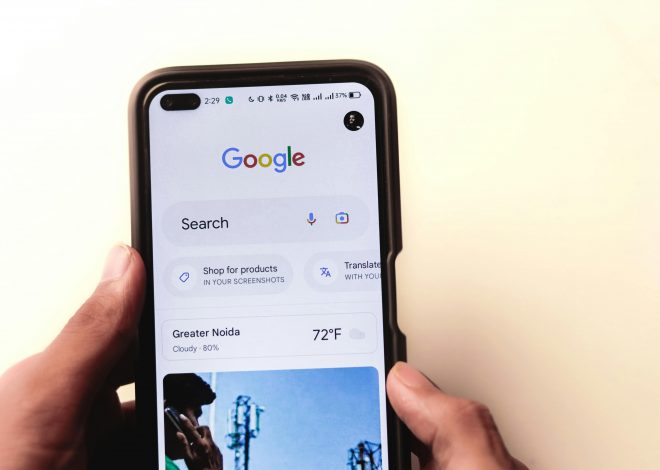
E-commerce designed for mobile devices and advanced mobile optimization
Mobile commerce is also known as m-commerce which refers to the buying and selling of goods and services through mobile devices. With the increasing use of smartphones, tablets, m-commerce has become an integral part of e-commerce. It allows customers to purchase goods and services anywhere and anytime through out the world for making it more convenient.
However, mobile devices need to be optimized to provide customers with a smooth and efficient shopping experience from any time and any where.
Some of important tips for optimizing mobile marketing for mobile devices:
- Responsive design: Responsive design is important for your mobile marketing website. A responsive design ensures that can adapts your website to different screen sizes and devices. by providing the best possible user experience. It has a mobile-friendly layout, easy-to-read the menus.
- Faster loading time: Mobile users have shorter attention spans than desktop users, and if your website takes too long to load than the customer or user of your websites may give up. and also Be Ensured that your mobile commerce site has faster load times by optimizing images, reducing page size.
- Easy Navigation: Navigation on a mobile commerce site should be very easy. Customers can quickly and easily find what they are looking for. Use a clear, concise language for menus and categories, and avoid many subcategories.
- Secure payment methods: Mobile commerce websites should provide easy and secure payment methods, such as personal services and trusted payment methods and need to be confident that their personal financial information is safe while doing a purchase.
- One-Click Checkout: Mobile users want quick, easy and smooth checkout by Using a one-click checkout strategy can reduce shopping cart abandonment and increase conversion. This feature allows customers to complete their orders with minimal effort by using secure payment and shipping information.
- Mobile-friendly content: Make sure that your mobile marketing website has mobile-friendly content, such as short product descriptions and graphics designed for mobile devices. Avoid long detailed product descriptions that require a lot of drag and drop.
- Personalization: Personalizing the shopping experience can increase customer satisfaction and loyalty. Use data base to create recommendations and offers based on a customer’s previous purchases and browsing.
- User reviews: Including user reviews can build customer trust and confidence. so that They can also help improve product descriptions and provide valuable information for future development for your websites.
Mobile commerce has become an important part of e-commerce, and optimizing mobile commerce for mobile devices is critical for a smooth and efficient shopping experience Responsive design, fast shipment time, easy travel, secure payment options, one-time payments, mobile-friendly content, personalization, user reviews And by using functionality, you can create a mobile commerce site that ease of use that drives conversion and fosters customer loyalty.




